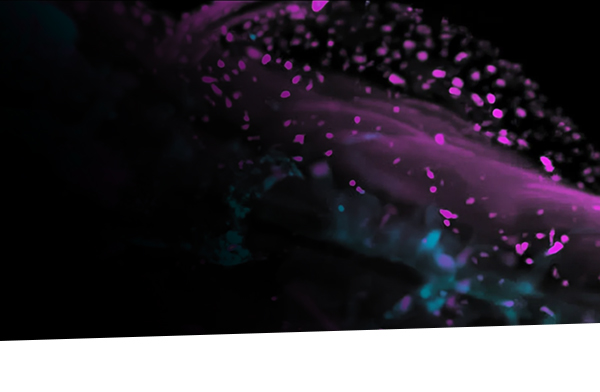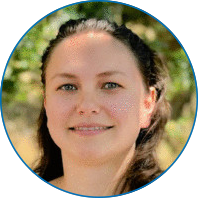
Putting Molecules in Place Using Correlated Light-Sheet Microscopy and X-Ray Tomography
Thursday, May 16 | 8AM PDT | 11AM EDT | 5PM CEST
Join us and our special guest speaker Dr. Venera Weinhardt from the Centre for Organismal Studies (COS), University of Heidelberg, Germany, for this webinar on Putting Molecules in Place using Correlated Light-Sheet Microscopy and X-ray Tomography.
Bruker’s light-sheet fluorescence microscopy (LSFM) is an advanced imaging technique that generates 3D images of live or cleared biological specimen, providing high-speed, high-resolution imaging capabilities that are ideal for the visualization of dynamic biological processes. The correlation of LSFM with other imaging techniques delivers comprehensive insights into morphology and the localization of molecules and cellular structures.
In this webinar, Dr. Venera Weinhardt will speak on using correlated LSFM and X-ray computed tomography approaches in applications, such as mapping gene expression patterns within the 3D anatomy of whole organisms at cellular resolution. She will cover the following topics:
In this webinar, Dr. Venera Weinhardt will speak on using correlated LSFM and X-ray computed tomography approaches in applications, such as mapping gene expression patterns within the 3D anatomy of whole organisms at cellular resolution. She will cover the following topics:
- Principles of multimodal imaging to map both function and structure within organisms
- Multimodal imaging pipeline and 3D data processing
- Using visual and quantitative insights into the 3D distribution of gene expression within tissue architecture as reference atlases for model organisms’ development and their malformations
- Using multimodal approaches to identify tissues together with their 3D cellular and molecular composition in anatomically less-defined in vitro models, such as organoids.
Please download the program for details.
Meet the Guest Speaker

Dr. Venera Weinhardt
Centre for Organismal Studies (COS)
University of Heidelberg, Germany
Centre for Organismal Studies (COS)
University of Heidelberg, Germany
Dr. Venera Weinhardt is a Group Leader at COS and a member of Prof. Dr. Joachim Wittbrodt’s group. Her work focuses on the development and adaption of novel imaging techniques for the life sciences, such as optimization of absorption contrast for imaging small model animals, e.g. zebrafish and medaka, phase contrast techniques, new contrast mechanisms, in vivo/low-dose imaging, and soft x-ray microscopy. She also works on the correlation of these methods with fluorescence light microscopy, the optimization of sample preparation (vitrification of specimens) and mitigating radiation damage effect.
In addition to her research work, she teaches physics, biology, and computer sciences at the University of Heidelberg. Venera Weinhardt has received several awards including the Walter Benjamin Program, Marie Skłodowska-Curie Actions, and EU Research and Innovation Act.




